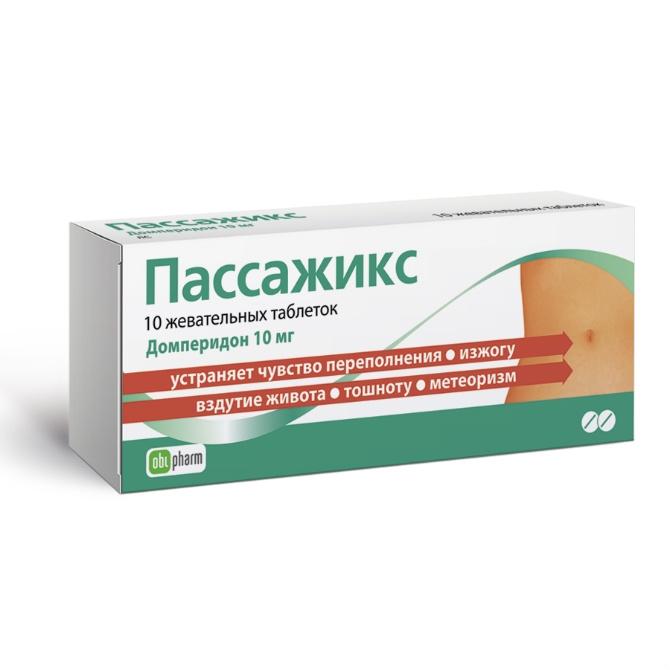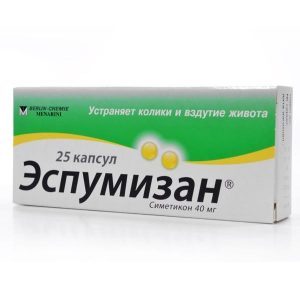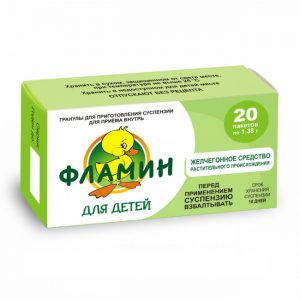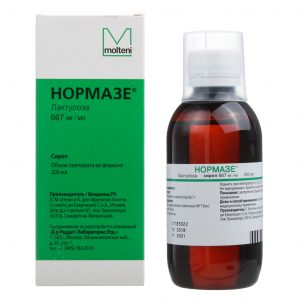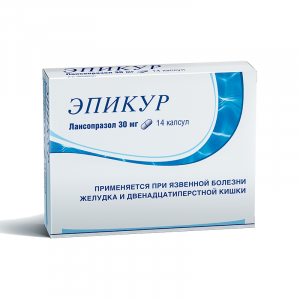Description
Latin name
Passagix
packaging 10 pcs
Pharmacological action
Passasix – antiemetic.
Pharmacodynamics
Increases the duration of peristaltic contractions of the antrum and duodenum, accelerates gastric emptying if this process slows down, increases the tone of the lower esophageal sphincter, and eliminates the development of nausea and vomiting.
Domperidone penetrates weakly through the BBB (therefore, its use is rarely accompanied by extrapyramidal side effects, especially in adults), but it stimulates the release of prolactin from the pituitary gland. Its antiemetic effect is probably due to a combination of peripheral (gastrokinetic) action and antagonism to dopamine receptors in the trigger chemoreceptor zone of the medulla oblongata. Domperidone has no effect on gastric secretion.
Pharmacokinetics
After oral administration, domperidone is rapidly absorbed.
Possesses low bioavailability (about 15%). Reducing the acidity of gastric juice reduces the absorption of domperidone. Cmax in plasma is reached after 1 h.
Domperidone is widely distributed in various tissues, its concentration in brain tissues is low. Plasma protein binding is 91 93%.
It undergoes intensive metabolism in the intestinal wall and liver.
Excreted through the intestines (66%) and the kidneys (33%), unchanged displays 10 and 1% of the dose, respectively. T1 / 2 – 7 9 hours, with severe renal failure, it lengthens.
Indications
Vomiting and nausea of ² ¹ ² ¹various origins (including on the background of functional and organic diseases, infections, toxemia, radiation therapy, dietary disorders
drug genesis – taking morphine, apomorphine, levodopa and bromocriptine during endoscopic radiographs the need to accelerate peristalsis) studies of the gastrointestinal tract
hiccups, gastrointestinal atony (including postoperative)
dyspeptic disorders on the background of delayed gastric emptying, gastroesophageal reflux and esophagitis (a feeling of fullness in the epigastrium, a feeling of bloating, flatulence, gastralgia, heartburn, belching with or without casting gastric contents into the oral cavity).
Contraindications
established intolerance to the drug and its components
prolactin-secreting pituitary tumor (prolactinoma)
phenylketonuria
children under 5 years old and children weighing up to 20 kg.
Passasix should not be used when stimulation of the motor function of the stomach can be dangerous, including with gastrointestinal bleeding, obstruction or perforation.
Precautions: renal / hepatic failure, lactation, pregnancy.
Use during pregnancy and lactation
The use of the drug during pregnancy is not recommended (due to insufficient data).
In women, domperidone concentrations in breast milk are 4 times lower than the corresponding plasma concentrations.
It is not known whether this level has a negative effect on newborns.
If you need to use the drug during lactation, breastfeeding should be discontinued.
Composition 1 tablet contains:
Active substance:
domperidon10
mg Excipients:
potato starch
lactose
colloidal silica
Kollidon 30
calcium stearate, sodium dodecylsulfate
hydroxypropylcellulose “Klutsel »
Tween 80
titanium dioxide.
Dosage and administration
Inside, before meals for 10-15 minutes.
Chronic dyspepsia: adults – 10 mg (1 tablet) 3 times a day, 15-30 minutes before meals and, if necessary, before bedtime for children over 5 years old – 2.5 mg (1/4 tablet) per 10 kg 3 times a day before meals and, if necessary, before bedtime.
Acute and subacute conditions (primarily nausea and vomiting): adults – 20 mg (2 tablets) 3-4 times a day before meals and at bedtime for children over 5 years old – 5 mg (1/2 tablet) per 10 kg 3-4 times a day before meals and at bedtime.
For patients with renal failure, dose adjustment is necessary, the frequency of administration should not exceed 1-2 times during the day.
The maximum daily intake for adults is 80 mg (8 tablets). The maximum daily dose for children should not exceed 10 mg (1 chewable tablet) per 10 kg.
Side effects
From the digestive system: transient intestinal cramps.
From the side of the central nervous system: extrapyramidal effects are observed in children and with increased BBB permeability. These phenomena are completely reversible and spontaneously disappear after discontinuation of treatment.
From the endocrine system: the drug can induce an increase in the concentration of prolactin in plasma, because the pituitary gland is outside the BBB. In rare cases, this hyperprolactinemia can stimulate the appearance of galactorrhea, gynecomastia and dysmenorrhea.
Allergic reactions: rash, urticaria.
Drug Interaction
When used concurrently, anticholinergic drugs can neutralize the antidispersive action of Passazhix.
Antacid and antisecretory drugs reduce its bioavailability when used together with Passazhiks.
Based on in vitro studies, it can be assumed that with the simultaneous use of Passazhix and drugs that significantly inhibit the cytochrome CYP3A4 enzyme (antifungal drugs of the azole group, antibiotics from the macrolide group, HIV protease inhibitors, antidepressant can be observed.
The drug does not affect the level of paracetamol and digoxin in the blood. It is possible that that Passazhix may affect the absorption of sustained release drugs or coated enteric coats.
When combined with Passacix with antacid or antisecretory drugs, the latter should be taken after meals, not before meals, ie. they should not be taken at the same time as Passagix.
Overdose
Symptoms: drowsiness, disorientation and extrapyramidal reactions, especially in children.
Treatment: Activation of activated charcoal and close monitoring is recommended in case of overdose.
Anticholinergics, drugs used to treat parkinsonism, or antihistamines may be effective in the occurrence of extrapyramidal reactions.
Storage conditions
In a dry, dark place, out of the reach of children, at a temperature not exceeding 25 ° C.
Expiration
3 years.
Active ee substances
Domperidone
pharmacy over-the-counter conditions
dosage form
Dosage
form tablets
Obolensky AF Russian
